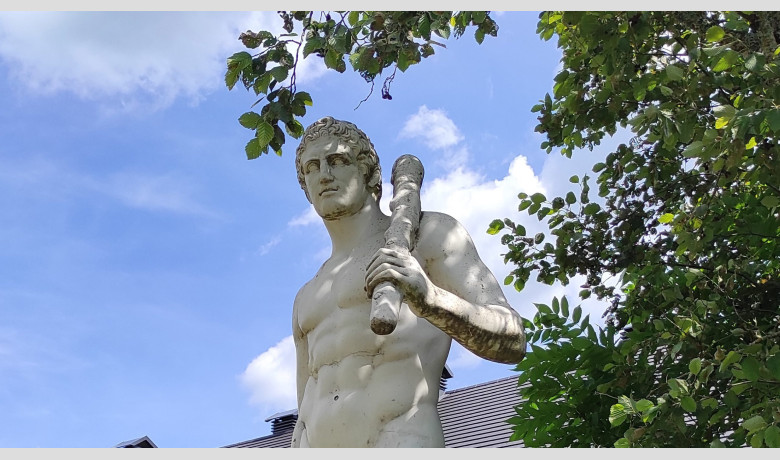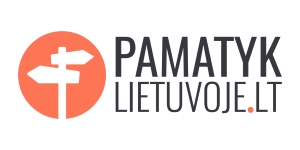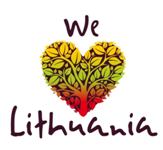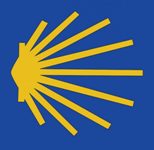Count Juozapas Tiškevičius was an extremely refined esthete and a fan of French culture, yet he also expressed himself as an extremely economical and rational person who was aware of the significant price of aesthetic items. Therefore, it is not surprising that the palace was surrounded by countless farm buildings: cowsheds, stables, fish farm, distillery… His cow farm, where purebred Dutch cattle were raised was in the location of the current European hall. It is estimated that at that time there were more than a hundred dairy cows alone in the cowsheds. These were cows of good breed with a good milk supply. Cattle were one of the more important sources of the count’s income.
During the Soviet era, an attempt was made to convert this building into basketball and football halls. After the restoration of the country’s Independence, the space was divided into many small non-functional rooms, and today the Europe Hall is currently established here – the space is used for holding concerts, exhibitions or conferences, which can accommodate over 200 spectators.
The name of the Europe Hall is associated with the ancient Greek myth about Europe, in which it is said that Zeus transformed himself into a white bull to deceive his wife Hera ; he kidnapped the beautiful daughter of the Phoenician King Agenor whose name was Europe while she was bathing in the Mediterranean Sea. Zeus sailed the girl to Crete, where he appeared to her in his divine form.
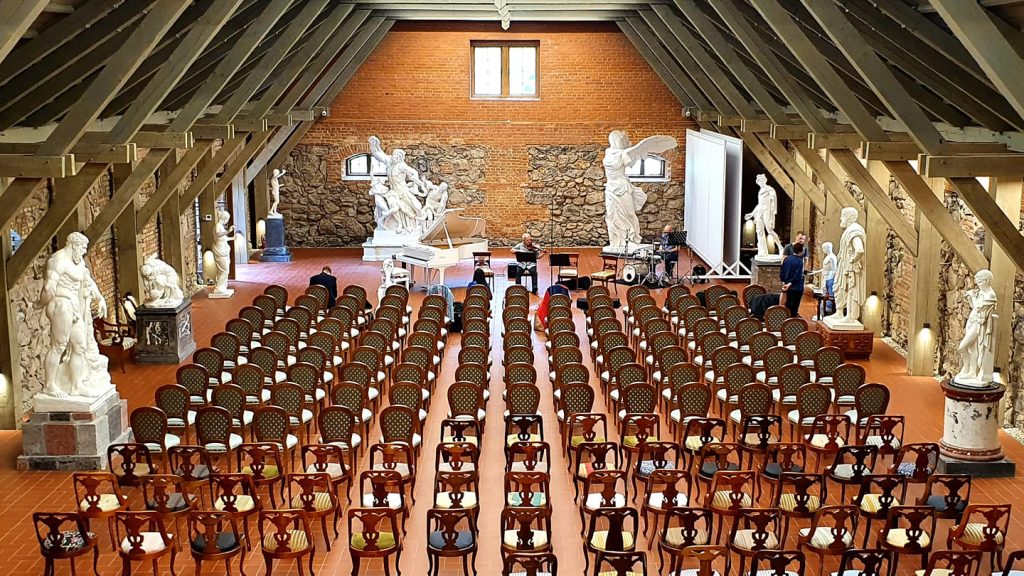
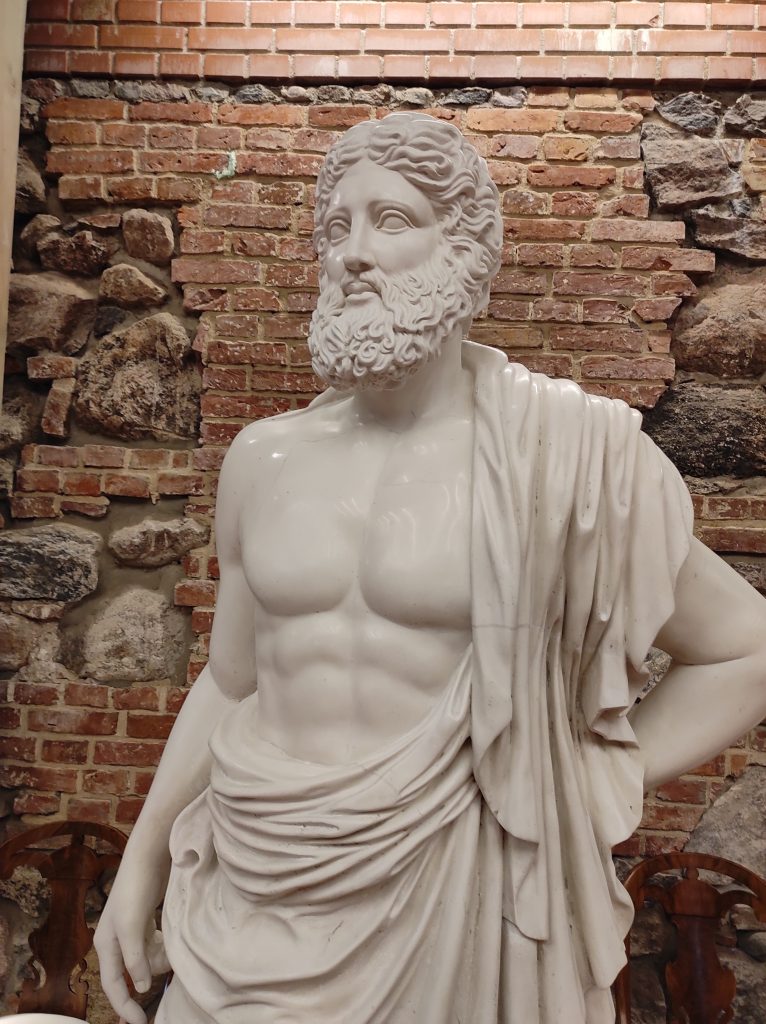
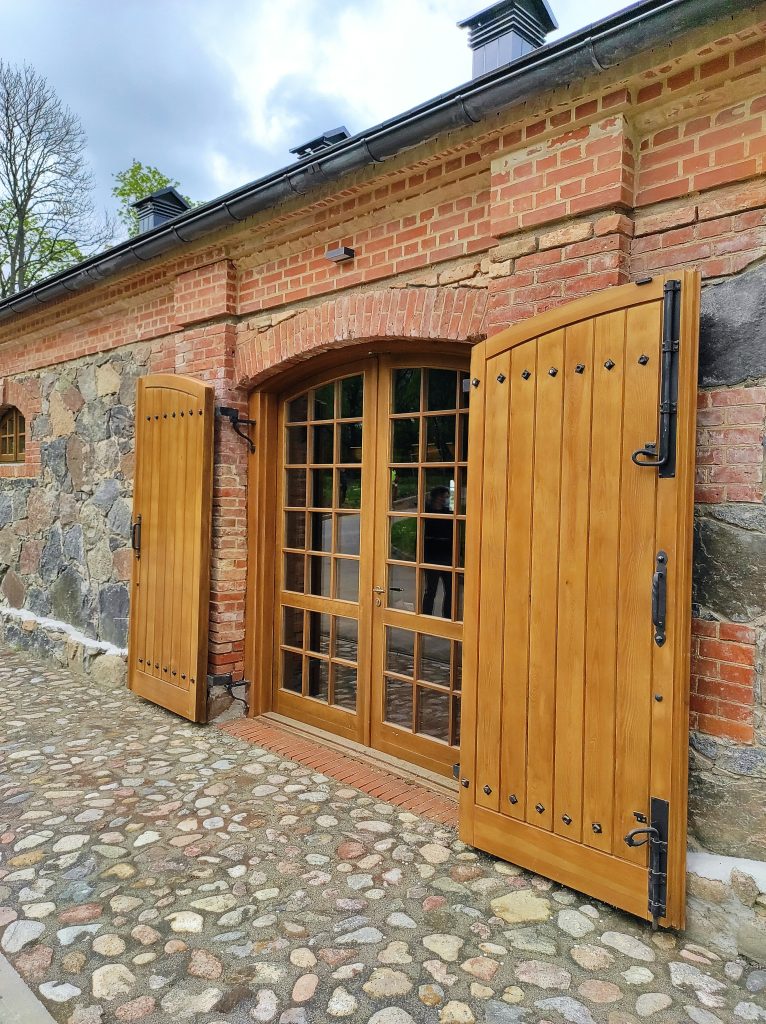
The Europe Hall is decorated with sculptures depicting characters from Antiquity: Zeus, Laocoon, Athena Pallas, etc. Next to the hall, Heracles stands out. The author of the famous sculpture is N. Kavaliauskas. Heracles – or Hercules in Roman times – is one of Greek mythology’s most celebrated characters. Son of Zeus and a demi-god with superhuman strength, Heracles became the ultimate symbol of masculine power and bravery. A captivating statue depicting the Greek myth of ‘Hercules slaying the Nemean Lion’.
Tasked with completing twelve labours as penance for his misdeeds, Hercules faced the Nemean lion – a beast with impenetrable skin. Struggling to pierce it, Hercules strangled the lion with his bare hands and returned with its pelt as proof of his victory.
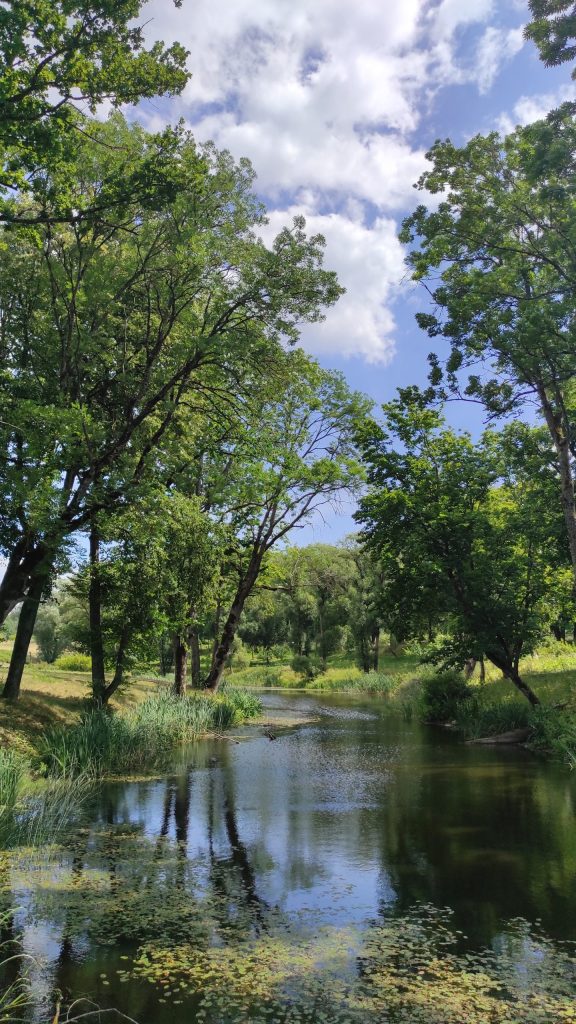
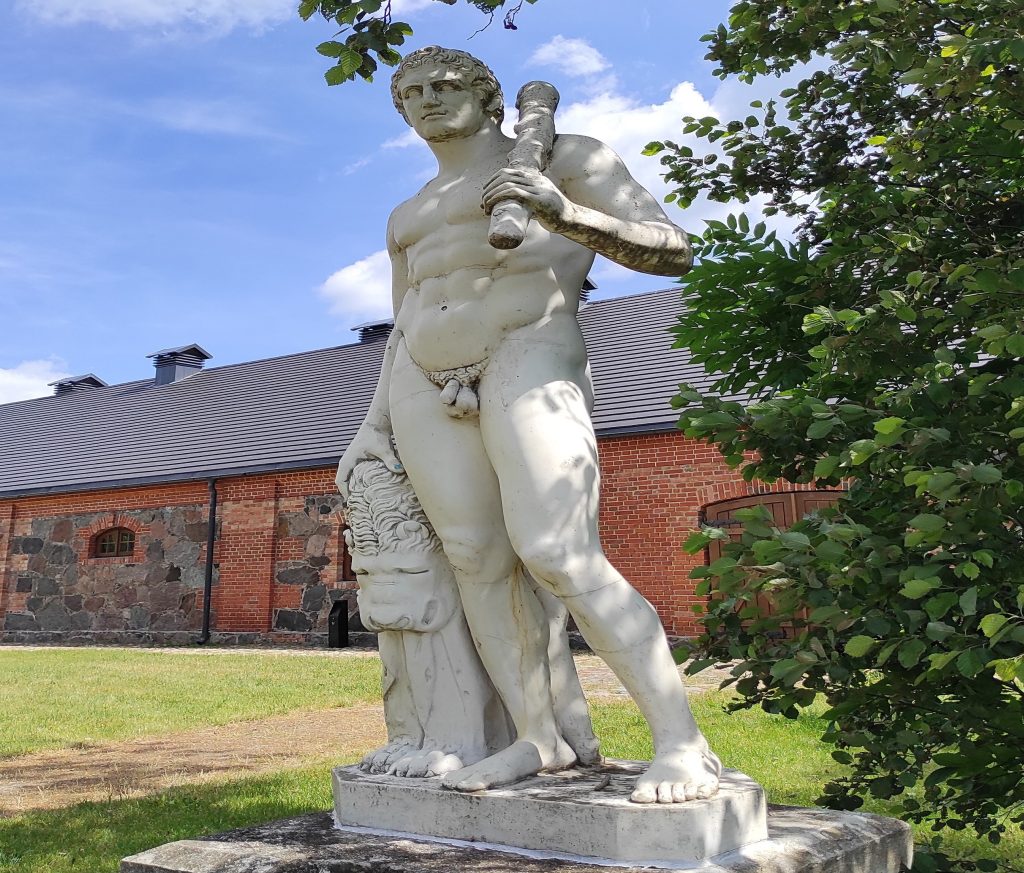
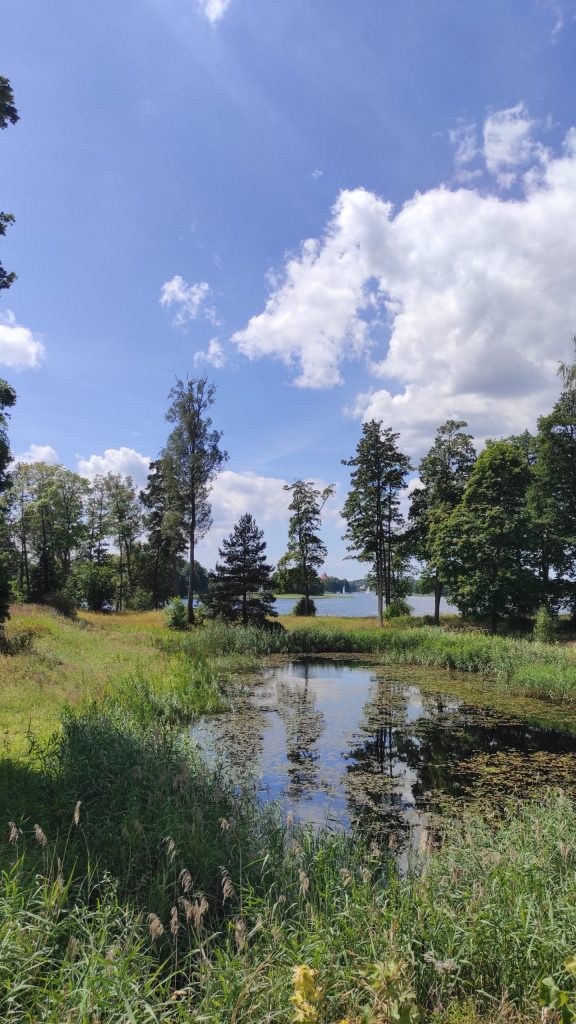
On the left side, visitors can see a pond that has been cleared and planted with ancient roses, thistle bushes and cherry blossoms. This space has been enlivened with replicas of antique sculptures. Ariadne’s sleeping sculpture is one of them. The sculpture, made of marble, is a little bigger than a man’s height and shows a semi-reclining young woman asleep on a stone. The woman’s face portrays a profound melancholy or despair, regardless of her eyelids are closed in fall asleep.
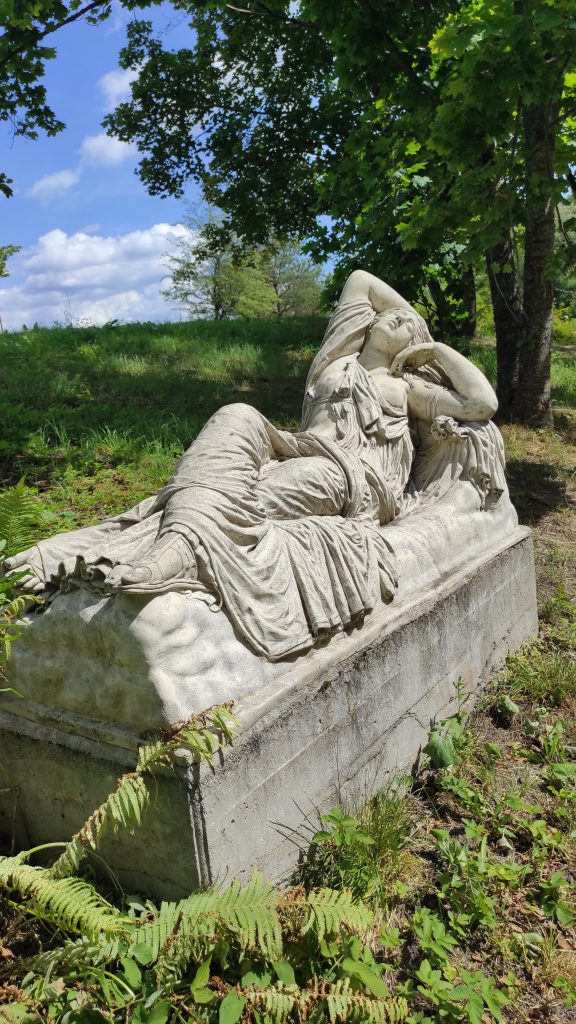
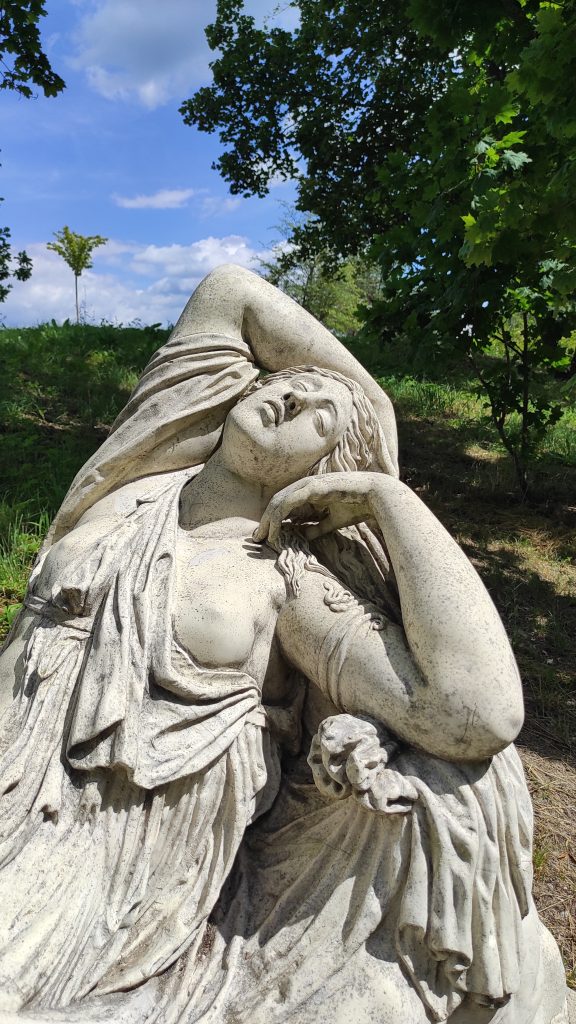
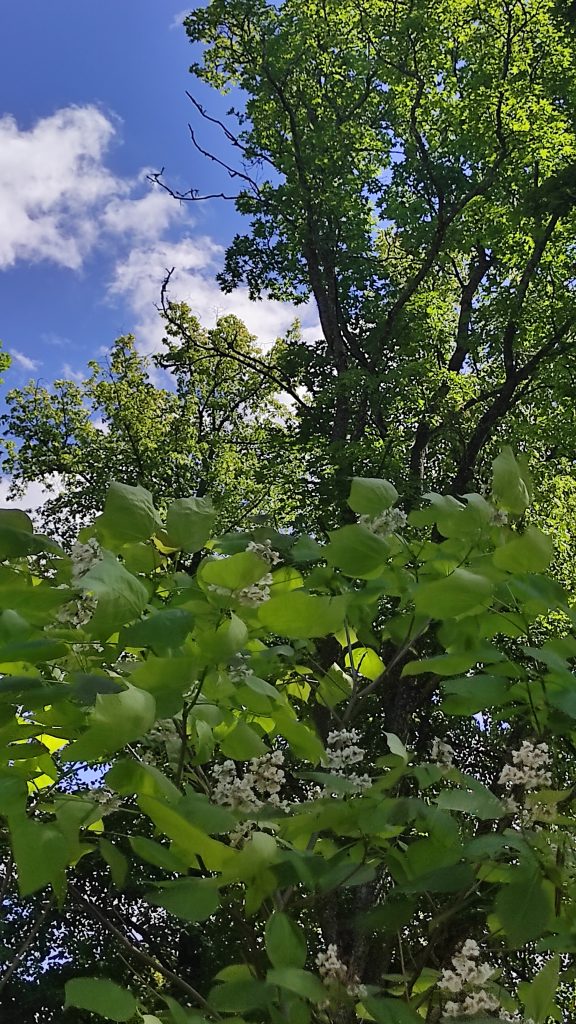
Ariadne is a figure in Greek mythology, best known for her role in helping Theseus to defeat the monstrous half-man half-bull Minotaur, her half-brother, and escape the Labyrinth, the torturous maze beneath the palace of Knossos in Crete, ordered to be built by Ariadne’s father, King Minos.
